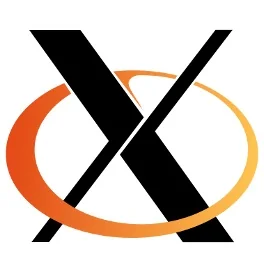DRM Render Nodes Published, Better Graphics Security

There was some render node patches published earlier in the year, but not a complete implementation and a slightly different aim. In September during XDC2012 in Germany, the render nodes work was discussed again to take care of longstanding security holes within the DRM graphics stack.
The XDC2012 discussions led to an ad-hoc proposal for DRM2 with render nodes.
Improvements to the Direct Rendering Manager were proposed on Friday during XDC2012.In late September, some of the patches were published. As Kristian Høgsberg explained, "the core problem is that DRM security is compromised in the face of VT switching and multiple DRM masters. Any local user can access all shared buffers from within any X server on the system, even when that user doesn't have access to any of those X servers."
Kristian Høgsberg, Martin Peres, Timothée Ravier, and Daniel Vetter shared their views on what they're calling DRM2.
For the basics of what DRM2 comes down to it attempts to fix the DRM authentication policy and improve buffer sharing. One benefit for what this would allow for non-technical readers is that it would allow for GPGPU (OpenCL/Compute) support without an X.Org Server running for the graphics drivers. While no patches have yet to materialize, DRM2 would rework the "master" handling by splitting DRM master into MASTER and GEM_MASTER while allowing multiple GEM_MASTER.
DRM2 would not break user-space interfaces compared to the current driver handling today.
Martin Peres has now come to the table with a complete implementation of render nodes. His patches, which he's currently requesting comments on and aren't intended to be merged immediately, touch the Linux kernel DRM, libdrm (DRM library), DRI2Proto, the X.Org Server, xf86-video-nouveau (the other DDX drivers will also need to be touched too), and Mesa.
Following to my shared talk with krh, danvet and Timothée Ravier @ XDC2012, I have actually taken the time to start fixing some security holes found in the graphics stack.While it depends how the comments turn out on the code and how much further work is needed before the code is polished and ready for merging, the Direct Rendering Manager changes for the kernel won't land before the Linux 3.9 kernel, the X.Org Server 1.14 merge window is closing so this isn't a candidate until X.Org Server 1.15 in H2'2013, and the Mesa changes could be done for Mesa 9.1/10.0. Simply put, this render nodes work likely isn't to become a widespread reality on the Linux desktop until at least the second half of next year.
Today, I would like to request your comments on the render node patchset. Keep in mind that I am not asking for inclusion. However, I know this patchset works on my nvidia card and I would like to know if anyone has anything against this architecture.
Martin's mailing list post with links to the different Git repositories for the experimental code can be found on the dri-devel list.
Add A Comment

